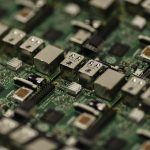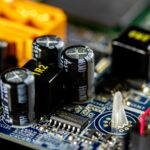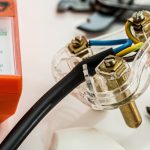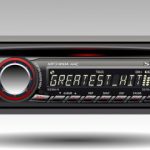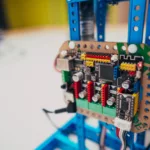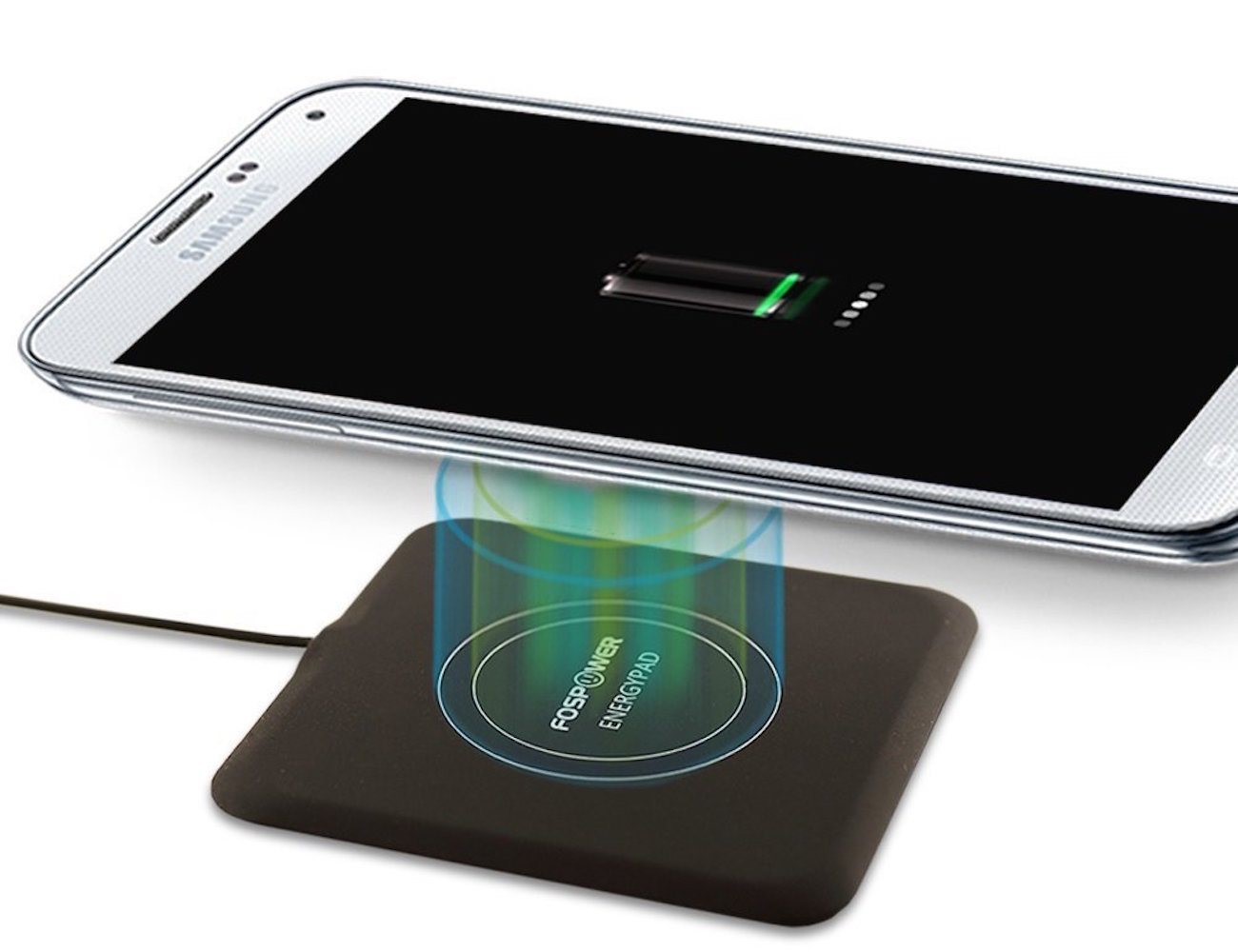
Wireless charging
Wireless charging has certainly been a huge sensation in the mobile industry despite the hits and misses witnessed since inception. Its recent incorporation in the iPhone 8 and iPhone X gave it a fresh lease of life and brought this technology back to the attention of engineers and designers. Currently, there are two major groups manufacturing wireless charging technologies for mobile products, the WPC (Wireless Power Consortium) and the AirFuel Alliance. WPC’s Qi standard is the dominant standard in the market as it accounts for close to 90% of all the wireless charging products.
How does wireless charging work?
A typical charging system consists of a transmitter and a receiver. The transmitter powers a coil with AC in an oscillating magnetic field at the coil. When a receiver coil is placed close to the primary coil, it will resonate with the field because of the magnetic coupling between these two coils resulting in AC current being developed in the secondary coil based on Faraday’s law of induction. Through current modulation at the primary coil and the load on the secondary coil, both the transmitter and receiver can encode data in the form of variations in the coupled field. The exchange of data will allow them to exchange the information required to maximize power transfer.
The application of this concept may sound straightforward but it relies heavily on the careful design of optimized circuits for power generation and power conversion on the receiver and sender side respectively. It also depends on precise control of the charging process on both sides. Even a slight deviation in the implementation of coil circuits could result in power transfer inefficiencies hence making the approach ineffective.
Wireless charging standards
There are two major charging standards bodies, the WPC and the AirFuel Alliance as listed earlier. The offer detailed specifications designed to offer designers a consistent framework for wireless charging transmitters and receivers. What exactly are their differences?
Differences between WPC and AirFuel Alliance
The fundamental differences between WPC and AirFuel Alliance lie in the technology they use for power transfer. WPC uses inductive technology. Inductive technology enables power transfer using low-frequency resonant tanks of between 100 to 205 kHz over a short distance of under 10mm. Qi had a power requirement of 5w when it started off in 2009, in 2015 it increased to 15W. This is expected to increase further to 100w in the future. So far, there are 235-member companies and over 900 products associated with Qi.
AirFuel Alliance uses resonant technology for power transfer. The resonant technology uses a high-frequency resonant tank 6.78 MHz to transmit power of a couple of feet. This technology offers the ability to charge numerous devices at the same time and has a capability of 22w. AirFuel Alliance has 150-member companies.
Implementing a Standards-Based Wireless Charging System
Implementation of a standards-based wireless charging system can be challenging. Even A small design error could lead to degradation of power transfer efficiency to below useful levels. Creation of optimized power transfer design is also difficult since designers have to meet the specific requirements associated with the specific protocol.
To be able to quickly implement any of these sophisticated standards, designers need to embrace the already existing integrated wireless solutions like the STMicroelectronics STWBC-EP transmitter and STWCL-EP receiver. The STWLC33 combines both the Qi and AirFuel Alliance protocols. The STWLC33 about 3.97x 2.67 mm in size, it integrates a wireless RF front-end subsystem, an LDO output regulator and a 32-bit Arm, Cortex MCU. During operation, it is able to select between the Qi and the AirFuel protocol. The STWCL is Qi 1.2 compliant and can deliver up to 15W.
Development Aids
To help you quickly implement the STWBC and STWLC solutions, designers can use the STMicroelectronics STEVAL-ISB0V1 kit. It offers a complete wireless transmitter design. The kit has been certified as Qi 1.2 compliant. It comes in handy when conducting a rapid development of a wireless charging system.
With these standards and development aids readily available to designers and developers. We should anticipate numerous developments in wireless charging. We should expect that more and more products will now embrace this technology









